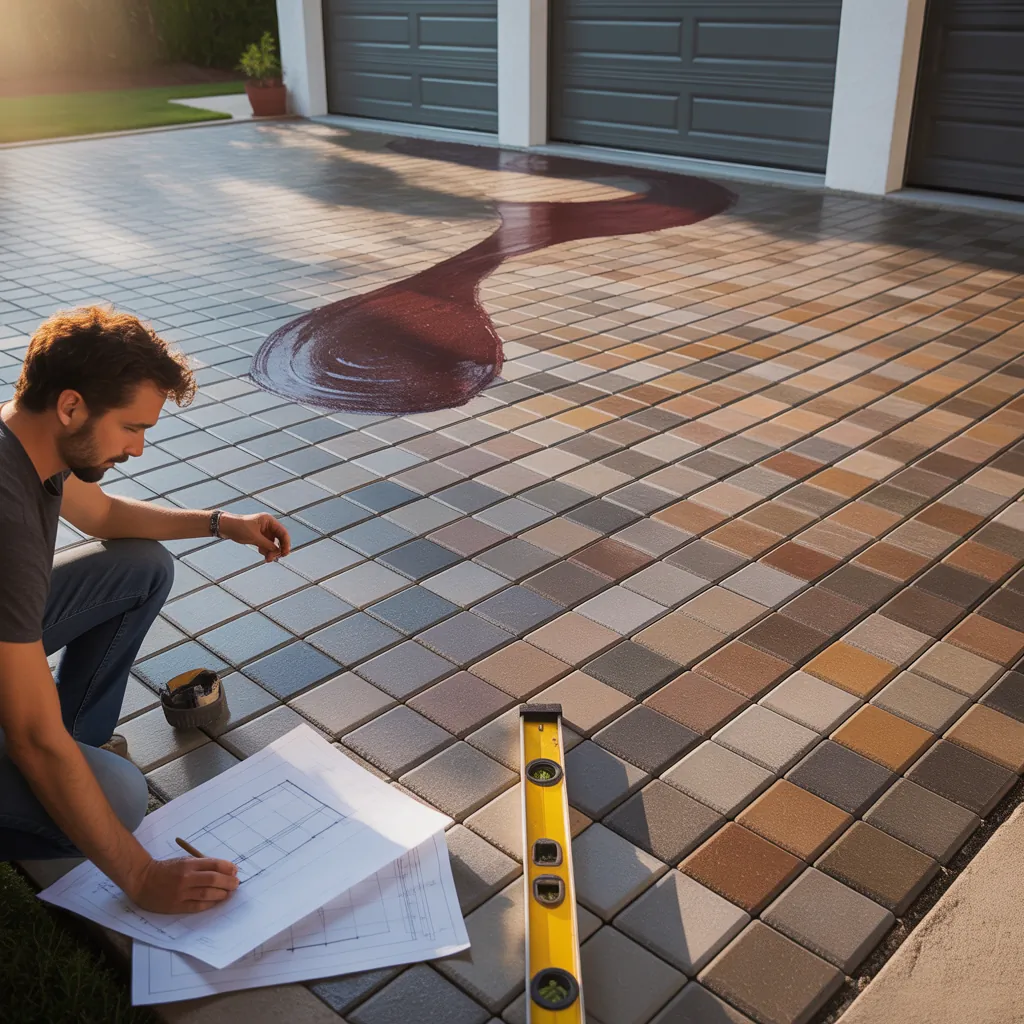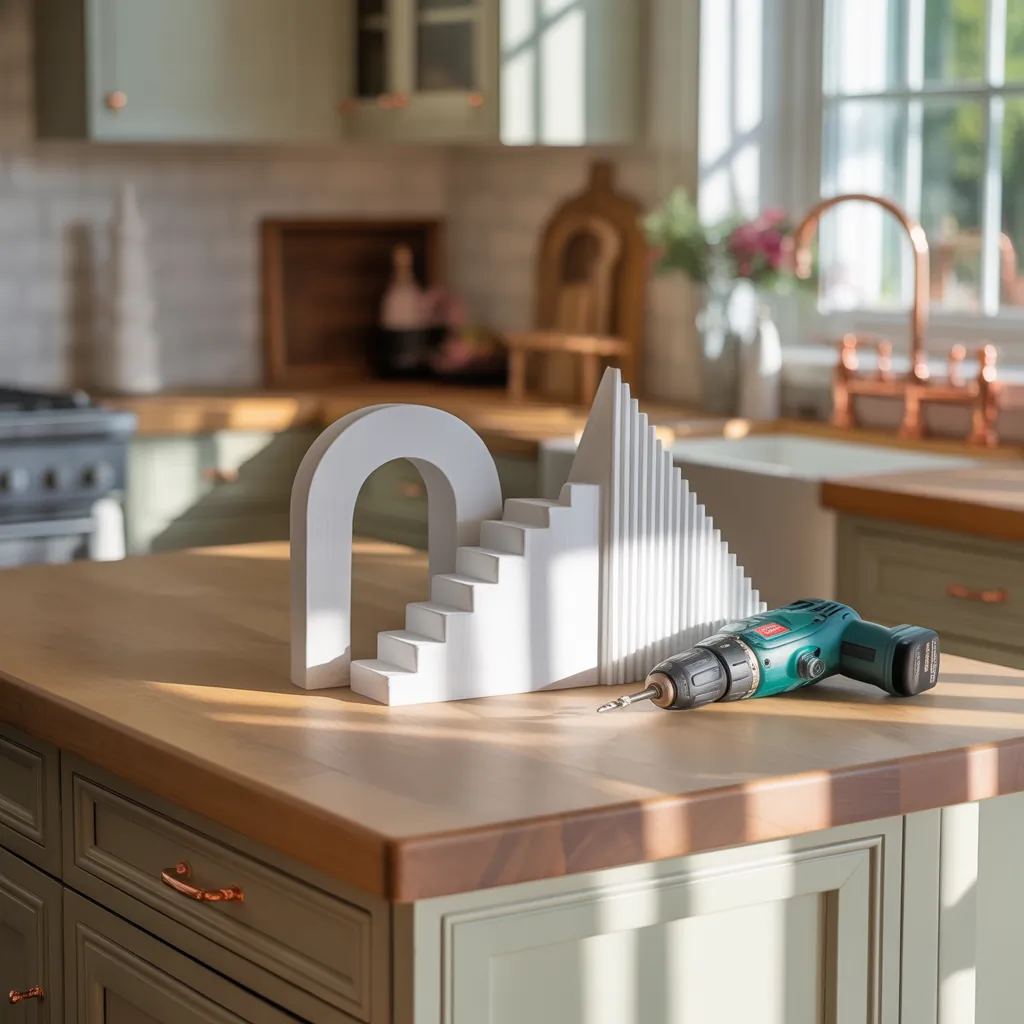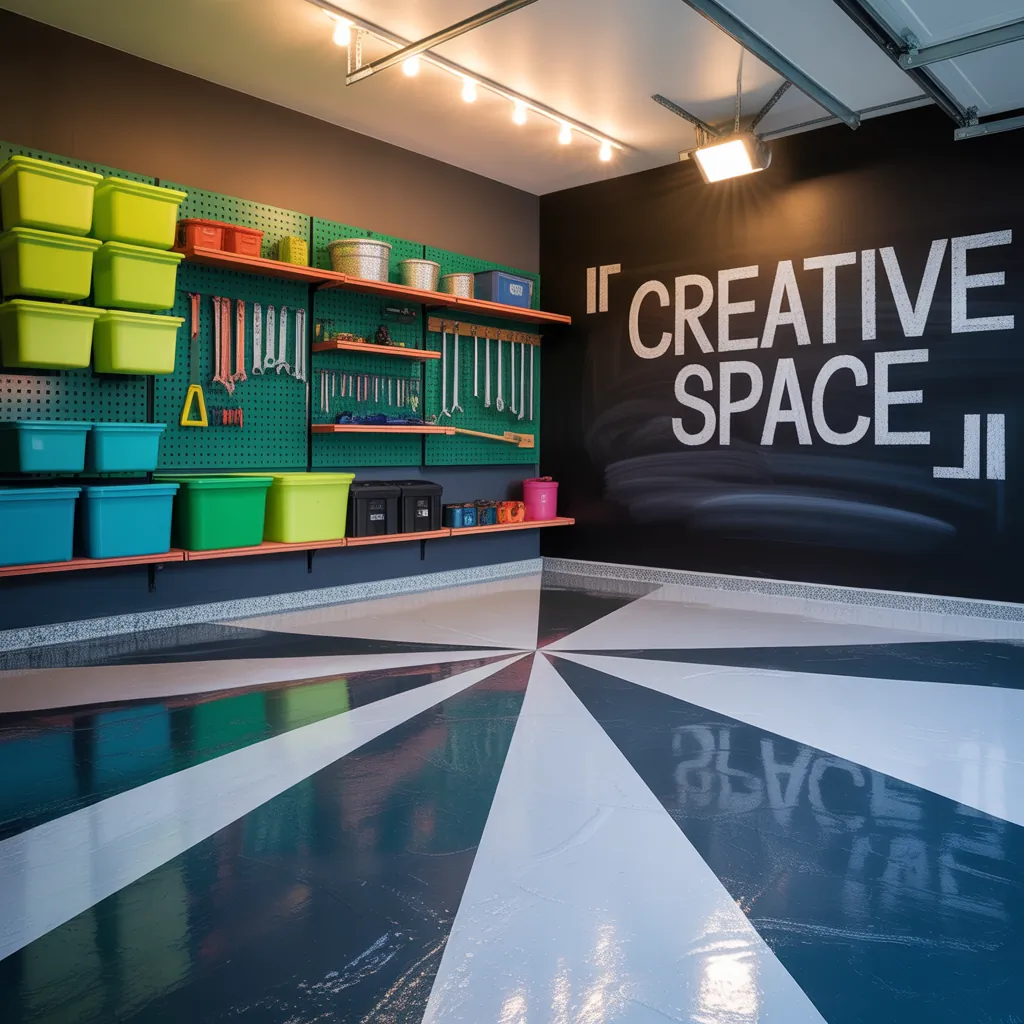Have you ever returned home after a long day and thought, “My driveway and garage make my whole house look tired”? Maybe rain puddles gather at the garage door, cracks spiderweb across the concrete, or the entrance simply lacks curb appeal. If that sounds familiar, a few focused garage driveway projects can dramatically improve function and style — and many of them are do-it-yourself friendly.
Why Invest in Garage Driveway Projects?
Improving your garage and driveway boosts curb appeal, increases property value, and fixes problems before they get expensive. Small upgrades can solve drainage, safety, and accessibility issues while giving your home a refreshed look. Whether you plan a weekend DIY or a phased renovation, the right project can make daily life easier (and more attractive).
Top Garage Driveway Projects to Consider
Below are practical, real-world projects with design ideas, tools you’ll need, and step-by-step guidance where appropriate.
1. Concrete Repair and Resurfacing
Common problem: hairline cracks, scaling, and worn finishes. Resurfacing restores the look and extends the life of existing concrete.
- Tools & materials: concrete cleaner, patch compound, resurfacer, broom or push broom, squeegee, texture brush.
- Steps:
- DIY tip: Perform repairs in mild, dry weather. Smaller areas can be tackled in a weekend; larger slabs may need a few days to cure.
2. Paver and Patterned Driveways
Pavers add instant personality — from classic brick patterns to modern concrete pavers. They are great for addressing slope and drainage when paired with proper base preparation.
- Design ideas: herringbone brick for traditional homes, large-format pavers for modern aesthetics, permeable pavers for eco-friendly drainage.
- DIY considerations: Installing pavers requires excavation, compacting a gravel base, and edge restraints. Plan for at least a long weekend or hire help for larger areas.
3. Asphalt Resurfacing and Sealcoating
Asphalt can be resurfaced or sealcoated to extend life and protect against UV and water damage.
- Steps: patching cracks and potholes, applying a tack coat if needed, and using a professional resurfacing machine or a DIY overlay product for smaller drives.
- Maintenance: sealcoat every 2–4 years to preserve color and performance.
4. Garage Door and Apron Upgrades
Sometimes the biggest transformation comes from the garage face. Replace or repaint the garage door, add new hardware, or rebuild the apron (the short section of driveway at the garage entrance) to improve transition and stop water intrusion.
- Quick win: a fresh coat of paint and weatherstripping can instantly refresh appearance and improve insulation.
- Pro tip: match the driveway finish or color palette to the garage door for cohesive curb appeal.
5. Drainage, Slope, and Grading Fixes
Puddling at the garage door is a common issue. Correct grading or add a channel drain (trench drain) across the garage threshold.
- Simple solution: regrade a few inches of the driveway surface away from the garage if slope is minor.
- When to call pros: If your home has complex runoff, requires deep regrading, or involves connecting to municipal drains, hire a contractor.
6. Lighting, Landscaping, and Finishing Touches
Driveway lighting increases safety and drama. Consider low-voltage LED path lights, recessed uplighting for pillars, or motion-sensor fixtures near the garage door. Add plant beds or low-maintenance grasses along edges for a finished look.
- Lighting DIY tip: use solar or low-voltage systems to avoid trenching for electrical wiring on small installs.
- Design idea: frame the driveway with mixed pavers and a low curb to create a defined, upscale entry.
Step-by-Step Weekend Project: Install Simple Driveway Lights
Want a quick upgrade with high impact? Installing path lights is achievable in a weekend.
- Plan locations (every 6–8 feet along edges usually looks balanced).
- Lay out the lights during daylight to confirm spacing.
- Run low-voltage wire or use individual solar fixtures for easier installation.
- Dig shallow trenches for wire (or use wire clips on the surface under mulch).
- Connect lights to transformer, test at dusk, and adjust aim.
Tools needed: shovel or trenching tool, wire cutters, screwdriver, and safety gear.
Design Inspiration: Styles That Work
Choose a style that complements your home:
- Modern minimal: large-format concrete pavers with grass joints and linear lighting.
- Traditional: clay brick pavers in herringbone, paired with lantern-style lighting.
- Rustic: reclaimed stone or weathered pavers with native plant borders.
- Eco-friendly: permeable pavers or gravel with bioswales to manage stormwater.
Maintenance Tips to Keep Your Driveway Looking New
- Seal concrete and asphalt every few years to protect against freeze-thaw and stains.
- Address cracks promptly to prevent water infiltration and bigger repairs later.
- Edge and weed regularly to maintain crisp lines between driveway and landscape.
- Clear snow promptly and avoid using metal shovels repeatedly on sealed surfaces to prevent damage.
Budgeting and When to Hire a Professional
Costs vary widely: simple sealcoating or lighting installs might run a few hundred dollars, while full resurfacing or new pavers can range from a few thousand to tens of thousands depending on materials and site prep. Tackle small tasks yourself — cleaning, sealing, lighting, patching — and bring in pros for structural fixes like full regrading, major drainage, or new concrete pours.
Garage Driveway Projects: Frequently Asked Questions
Q1: How much does a typical driveway resurfacing cost?
A1: Costs depend on materials and size. Asphalt overlay is usually less expensive than a new concrete pour. Expect a wide range from under $1,000 for small repairs and sealcoating to $3,000–$10,000+ for resurfacing or paver installations on average-sized driveways. Get multiple quotes and ask for references.
Q2: Can I do full driveway paver installation myself?
A2: Yes, but it’s labor intensive. DIY paver installs require excavation, base prep with compacted gravel and sand, precise leveling, and edge restraints. Smaller areas are doable for experienced DIYers; for large driveways or complex patterns, consider hiring professionals to ensure proper drainage and longevity.
Q3: Do I need a permit to change my driveway?
A3: Permit requirements vary by municipality. Simple repairs or sealcoating usually don’t need permits, but replacing driveways, changing material, or altering drainage often do. Check your local building department before major projects.
Conclusion — Start Your Garage Driveway Projects Today
Garage driveway projects range from quick weekend upgrades to full-scale renovations, and each one delivers real improvements in function and curb appeal. Start with a clear plan, pick one manageable project (lighting, sealcoating, or a fresh apron pour), and build from there. For more inspiration and step-by-step guides, check out our DIY projects and home design ideas pages — and if you’re updating other areas while you’re at it, our kitchen upgrades page has tips for planning coordinated renovations.
Ready to transform your entryway? Pick one garage driveway project from this list, gather the tools, and take the first photo — the before-and-after will be your best reward. Share your project progress or questions below and let’s get started.



